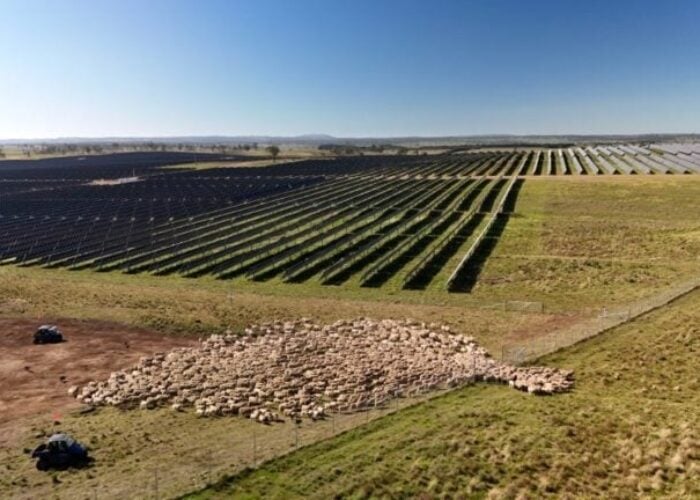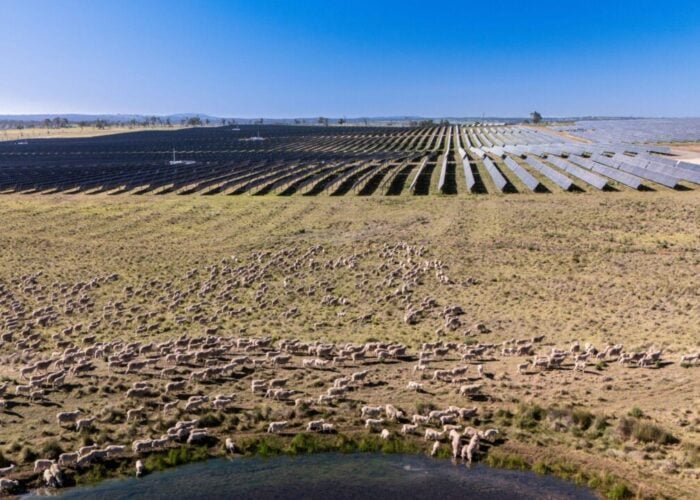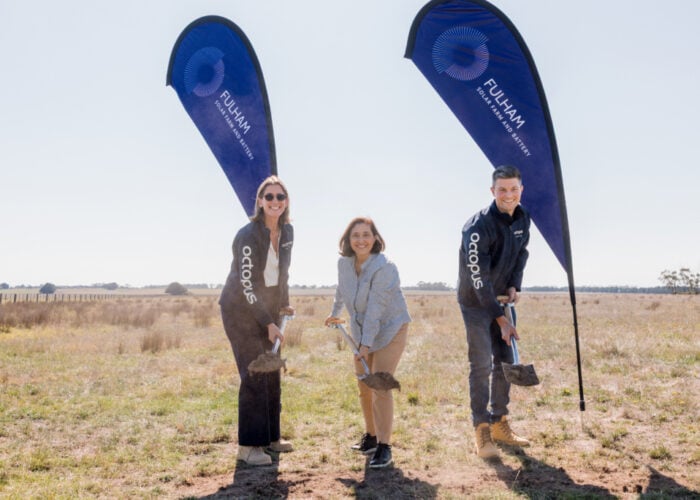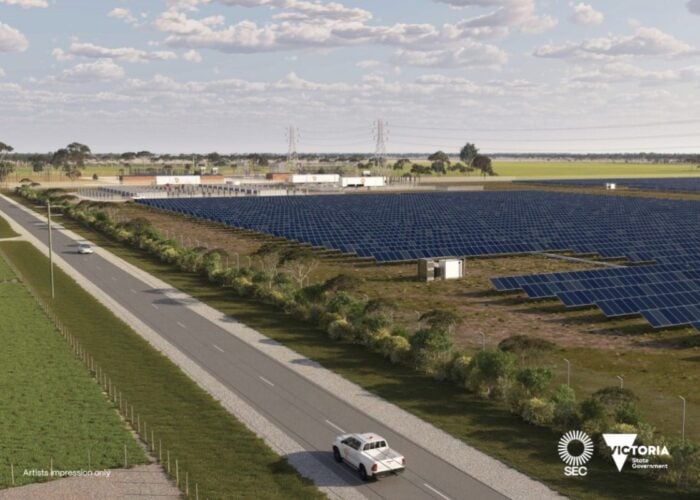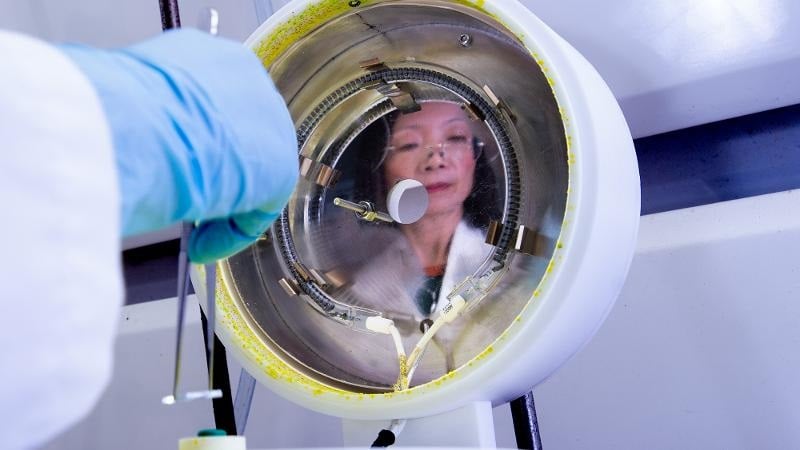
Scientists in Australia have used human hair clippings from a Brisbane barbershop to create an ‘armour’ that increases the power conversion efficiency of perovskite solar cells.
The researchers from Queensland University of Technology (QUT) used hair to create carbon dots – nanoparticles smaller than around 10 nanometres – which form a wave-like perovskite layer where the perovskite crystals are surrounded by the carbon dots.
Unlock unlimited access for 12 whole months of distinctive global analysis
Photovoltaics International is now included.
- Regular insight and analysis of the industry’s biggest developments
- In-depth interviews with the industry’s leading figures
- Unlimited digital access to the PV Tech Power journal catalogue
- Unlimited digital access to the Photovoltaics International journal catalogue
- Access to more than 1,000 technical papers
- Discounts on Solar Media’s portfolio of events, in-person and virtual
Or continue reading this article for free
According to lead researcher Professor Hongxia Wang, the process protects perovskite material from moisture or other environmental factors: “It creates a kind of protective layer, a kind of armour.”
Having previously found that nanostructured carbon materials could be used to improve a cell’s performance, Professor Wang’s team’s latest research discovered that perovskite solar cells covered with the carbon dots had a greater stability than perovskite cells without the carbon dots.
Professor Wang said the main challenges in perovskite solar cell production include ensuring the stability of the device so that it is able to operate for 20 years or longer, as well as the development of a manufacturing method that is suitable for large-scale production.
“Currently, all the reported high-performance perovskite solar cells have been made in a controlled environment with extremely low level of moisture and oxygen, with a very small cell area which are practically unfeasible for commercialisation. To make the technology commercially viable, challenges for fabrication of efficient large area, stable, flexible, perovskite solar panels at low cost needs to be overcome,” she added.
As part of funding announced last year by the Australian Renewable Energy Agency (ARENA), a team at the University of Sydney is exploring how to improve the energy-conversion efficiencies and durability of emerging silicon-perovskite photovoltaic cell technologies. Some AU$2.5 million (US$1.9 million) was awarded to the researchers as part of a wider AU$15.14 million solar research package to support projects across Australia in areas such as advanced silicon, new materials development and sustainable end-of-life management of panels.
Elsewhere, scientists at the Massachusetts Institute of Technology have found a new approach to narrowing the search for the best candidates for long-lasting perovskite formulations. By testing less than 2% of the combinations among three components making up perovskite material, the researchers believe they have found what appears to be the “most durable” perovskite solar cell material to date.


